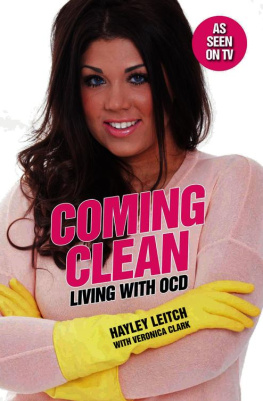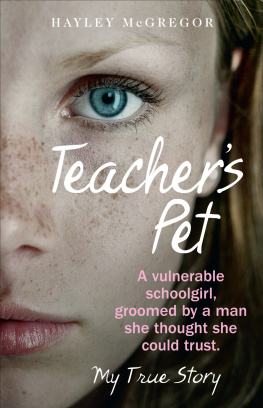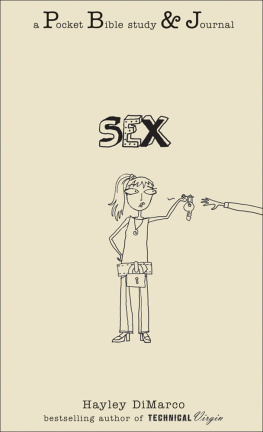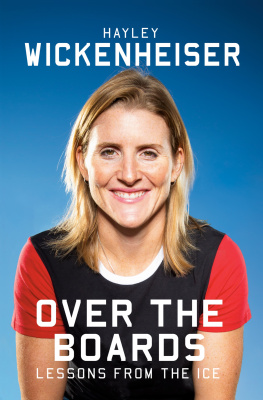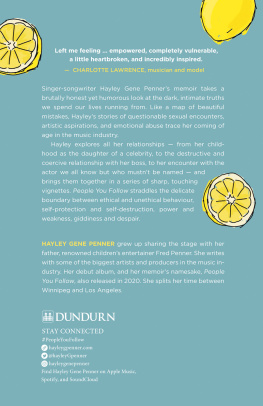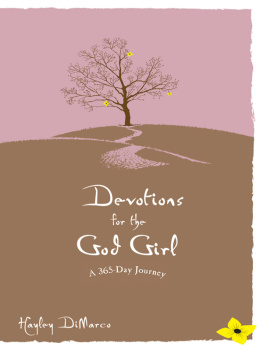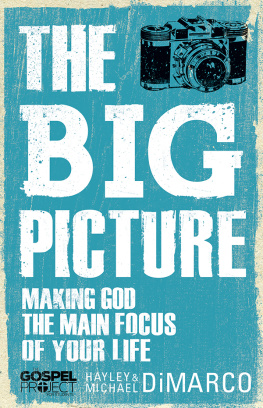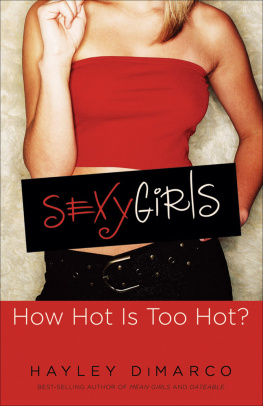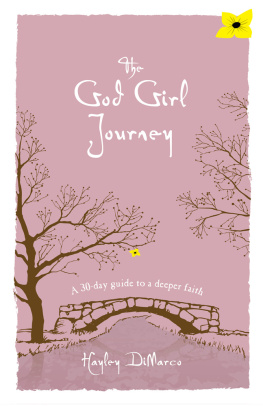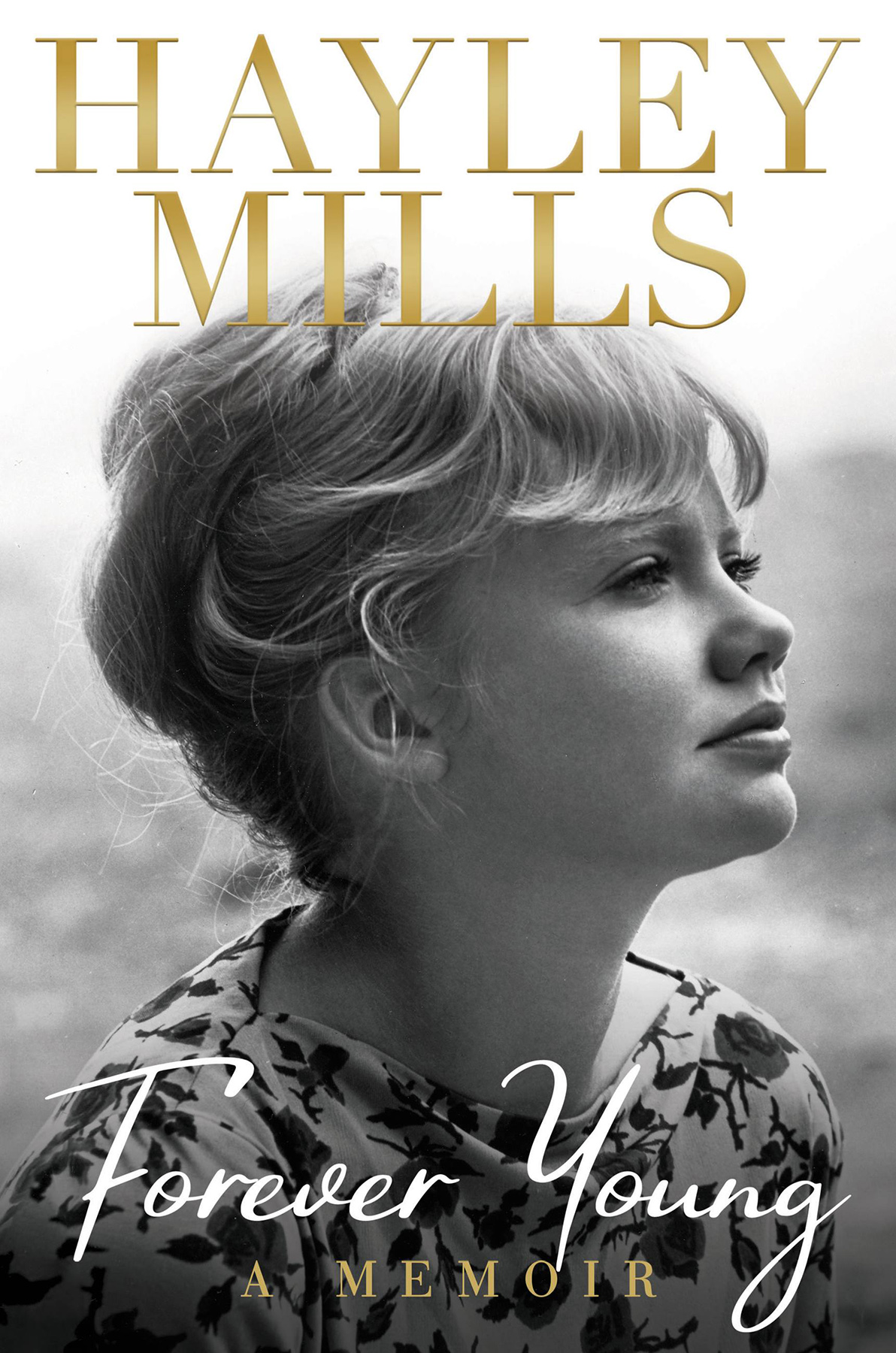
Copyright 2021 by Hayley Mills Productions
Cover design by Julyan Bayes. Cover photo Photofest.
Cover copyright 2021 by Hachette Book Group, Inc.
All photos in the insert are from the authors personal collection unless otherwise indicated.
Hachette Book Group supports the right to free expression and the value of copyright. The purpose of copyright is to encourage writers and artists to produce the creative works that enrich our culture.
The scanning, uploading, and distribution of this book without permission is a theft of the authors intellectual property. If you would like permission to use material from the book (other than for review purposes), please contact permissions@hbgusa.com. Thank you for your support of the authors rights.
Grand Central Publishing
Hachette Book Group
1290 Avenue of the Americas, New York, NY 10104
grandcentralpublishing.com
twitter.com/grandcentralpub
First Edition: September 2021
Grand Central Publishing is a division of Hachette Book Group, Inc. The Grand Central Publishing name and logo is a trademark of Hachette Book Group, Inc.
The publisher is not responsible for websites (or their content) that are not owned by the publisher.
The Hachette Speakers Bureau provides a wide range of authors for speaking events. To find out more, go to www.hachettespeakersbureau.com or call (866) 376-6591.
Library of Congress Control Number: 2021940335
ISBNs: 978-1-5387-0419-6 (hardcover), 978-1-5387-0418-9 (ebook), 978-1-5387-0825-5 (signed edition), 978-1-5387-0826-2 (Barnes & Noble.com signed edition)
E3-20210819-JV-NF-ORI
For my grandchildren, with love
For years I had been thinking about writing some sort of memoir but, for so many reasons, all my attempts had died on the vine. A short but life-changing bout with cancer in 2009 coupled with endless vacillation, hesitation, and, to be honest, my lifelong struggle to be organized had left me with little more than a stack of dog-eared old exercise books, which was frustrating to say the least. I wanted to go back and remember, to make some sense of it all, not only for myself but also for my children, who I felt deserved some clarity. After all, it was they who had borne the brunt, as well as reaped the benefits, of my unusual childhood.
Then in 2016 I was invited back to the Walt Disney Studios by a charismatic character called Howard Greenthe vice president of Animation Communications. We had a convivial lunch with some friends: the great songwriter, and fellow Disney Legend, Richard Sherman was there with his wife Elizabeth; Arlene Ludwig, who had been head of publicity back in the day; and also some new friends, Michael Giaimo and Chris Buck, the brilliant co-creators of the global phenomenon that is Frozen.
After lunch they took me to the Animation Building, a place Id visited many times as a child, where Walts private office used to be. It is well known that on the day Walt left his office for the hospital, and for some considerable time after he died, nothing was changed or moved, apart from a bit of regular tidying by his secretaries. Everything was left almost exactly how it was when he walked out of the door for the last time, never to return. Eventually of course, it all had to be packed away, but not before every single inch of the office, and every object and article in it, was painstakingly inventoried and photographed, and then meticulously packed away in boxes and stored under the care of the Walt Disney Archives. One day, a smart young woman (now director of the archives) named Rebecca Cline had the inspired idea of restoring it to its original condition and turning it into a permanent exhibit. Which is exactly what they didmuch like the Art Department would have done for the movie Saving Mr. Banks, only this time they had Walts real materialsreconstructing everything down to the smallest, most precise detail. So, as you can imagine, I approached his office with some trepidation. I hadnt been back since I was eighteen and didnt know how I was going to feel.
But when I walked through that door all my initial concerns fell away, as did the years, and I was literally sent back in time First you entered the outer office, where his smiling secretary always sat at a small brown desk on the left. On the wall directly in front of you, on rows of glass shelves, gleaming under the lights, were just some of the Oscars hed won over the years. In total, there were thirty-two of them. Each one representing years of work, each one imbued with his genius, and each one collected by Walt himself via the Academy Awards.
Straight ahead was the door to Walts office. I opened it, stepped inside. It felt like a waking dream. Everything was unchanged, exactly as Id remembered it. As if Walt had just stepped out of the room and would be back at any minute. This was a simple and comfortable space: a sofa, some armchairs, not at all the office of a movie mogul designed to impress. Walts office was a place to work and think, to meet and talk. The more I walked around, the more came back to me. On his desk, little objects, papers and letters in the tray, photographs of his two girls, Diane and Sharon, his wife Lillian. A pen left on a pad with scribbled notes. Had he written to me sitting there at that desk?
And there was the baby grand, where the wonderful Sherman BrothersRobert and Richardused to play for Walt. I remember them both sitting there like it was yesterday, performing the song theyd written for me to sing in The Parent Trap. It was the first song theyd ever composed for a movie.
There was the little kitchenette with a bar and stools that had fascinated me as a child, fully equipped, every cupboard stocked with food and small bottles of Coca-Colaall circa 1960.
And as I looked around, I became aware of the California sunlight streaming through the window, filling the room with shimmering, dancing beams of light. It was like returning to the Magicians study, a kind of sacred space.
Afterward, Howard Green and Rebecca Cline kindly took me to the Walt Disney Archives and gave me access to this remarkable historical department, which is typically reserved for internal company research only. Of course, all my files were there too, relating to the six films I had made for Disney, and I was given unrestricted access to these. As I went through box after box, I marveled at how every single scrap of information had been preserved, recorded, and carefully filed away. Press releases, interviews, in-house memoranda, all the letters that I had written to Walt (many of which had had to be typed out since my scribbling at that time was excruciating and often incomprehensible), and, of course, all Walts letters to me. I was struck by how sweet they were, how personal, generous, and loving. There were also letters between Walt and my parents, correspondence I was aware of but had never read, revealing tensions and disagreements about my career, much of which was a revelation to me. I was swept up by memories, so many came flooding back: the golden years of my childhood, the films I made, and of Walt Disney, the man.
Earlier that day, at lunch, Michael Giaimo had turned to me with his sweet smile, and said, So come on, Hayley, tell us What was he like? The table hushed; they waited for my reply. And then it hit meof the hundreds of people now working at Disney, most had never known him, hadnt even met him. But I had. Walt Disney had been a kind of surrogate father to me through my teenage years, and the Studios had been my extended American family. For better or for worse, Id literally grown up in Disneyland.


